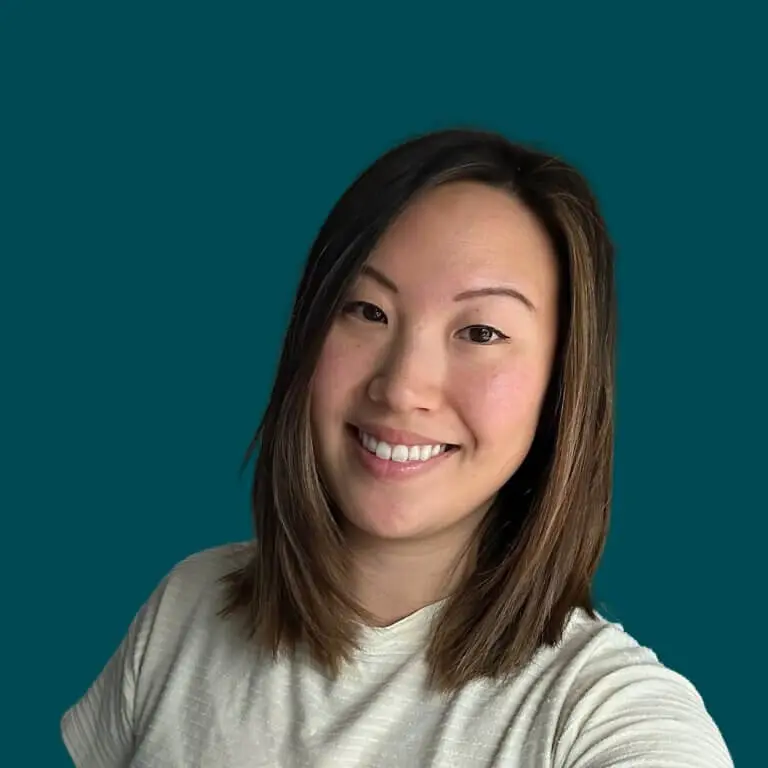Key Takeaways
- 60% of Americans have wanted to ask their doctor about GLP-1 weight-loss meds but chose not to.
- 1 in 4 Americans don’t trust their doctor to give unbiased advice on weight-loss meds.
- 1 in 2 Americans assume GLP-1s are too expensive to even discuss with their doctor.
- Nearly 1 in 10 Americans have considered switching jobs or insurance for GLP-1 coverage.
- More than 1 in 5 GLP-1 users have experimented with microdosing the medication.
- 1 in 3 GLP-1 users have rationed or skipped doses due to cost.
Conversations about GLP-1 weight-loss medications don’t always come easily, even for those who stand to benefit the most. Many patients hesitate to bring up the topic with their doctors, held back by financial concerns, past negative experiences, and uncertainty about how their inquiries will be received. A Tebra survey of 1,000 Americans uncovered these silent barriers and more, revealing what influences patient choices and how private practices can encourage more open discussions.
Why patients avoid discussing GLP-1 medications
Patients who are interested in GLP-1 weight-loss medications often hesitate to bring them up with their doctors. Concerns about bias, dismissiveness, and past negative experiences contribute to this reluctance, preventing many from seeking the information and care they need.

Trust plays a crucial role in doctor-patient communication, with 1 in 4 Americans expressing concern that their provider may not offer unbiased guidance on weight-loss medications. This hesitation reflects broader issues in patient-provider trust and medical consultation anxiety, particularly among younger generations."This skepticism was highest among Gen Z, with 27% expressing doubt, followed by Millennials (24%), Gen X (22%), and Baby Boomers (17%). Women were more likely than men to doubt their doctor’s objectivity (26% vs. 15%).
Despite interest in GLP-1 medications, 60% of patients had considered bringing them up but ultimately chose not to. Younger generations were the most hesitant, with 75% of Gen Z and 64% of Millennials avoiding the conversation, compared to 54% of Gen X and 57% of Baby Boomers.
A key reason for this reluctance was concern over how doctors would respond — 1 in 4 Americans feared their provider would dismiss their request. Past negative experiences discussing weight with a doctor also discouraged more than 1 in 4 Millennials and Gen Zers from seeking future medical guidance. To build trust and encourage open conversations, private providers can create a judgment-free environment by actively listening to patient concerns and acknowledging past negative experiences without defensiveness. Telehealth consultations can also serve as a low-pressure, private setting for patients hesitant to discuss weight-loss options in person, allowing for more open and honest conversations.
Framing discussions around patient goals rather than weight alone can also help reduce stigma. Leveraging secure messaging and digital intake forms, providers can encourage patients to share concerns ahead of appointments, ensuring discussions feel patient-centered and personalized. Offering clear, unbiased information on GLP-1 medications through automated follow-ups and educational content reassures patients that their options are being considered with their best interests in mind. Small shifts in communication — like asking open-ended questions and validating patient concerns — can make a big difference in fostering a more supportive dialogue.
The financial burden of GLP-1 medications
Cost concerns are a major barrier preventing Americans from pursuing GLP-1 weight-loss medications. Many patients assume these treatments are unaffordable, leading them to avoid discussing them with their doctors altogether. Even for those who seek access, financial and insurance hurdles often stand in the way.

Financial barriers remain a key factor in weight-loss prescription affordability, with half of Americans avoiding discussions about GLP-1 medications due to perceived costs. Many assume these treatments are out of reach due to limited insurance coverage for GLP-1 drugs, while others struggle to find prescription savings options or patient assistance programs. This hesitation was most common among Millennials (52%) and Gen Z (48%), though even 45% of Gen Xers and 42% of Baby Boomers have avoided the conversation for the same reason. Women (50%) and men (46%) were about equally likely to assume these medications were financially out of reach.
For those determined to access GLP-1s, the financial sacrifices can be significant. Nearly 1 in 3 Gen Z users went into debt to afford the medication, and about 1 in 10 Americans considered switching jobs or insurance plans to gain coverage.
However, many still faced obstacles — just over 1 in 10 Americans were denied a GLP-1 prescription, primarily due to lack of insurance coverage (57%) or high out-of-pocket costs (35%). Other common reasons included not having a qualifying medical condition (30%), a doctor's refusal to prescribe (20%), or a BMI deemed too low (12%).
When denied access, patients took different approaches. More than half (51%) attempted alternative weight-loss methods such as diet, exercise, or supplements, while 36% explored unofficial sources for GLP-1 meds. Others sought a second opinion from another doctor (24%), while 20% abandoned the pursuit of weight-loss medication altogether.
Private providers can help ease cost concerns by discussing affordability upfront and guiding patients toward financial resources, such as insurance options or patient assistance programs. Proactively addressing these barriers, such as offering cost estimate tools integrated into EHR systems, reassures patients that treatment may be more accessible than they assume.
The rise of GLP-1 microdosing and dose rationing
The high cost of GLP-1 medications for some has led to unconventional usage patterns. Patients are rationing their doses or microdosing — taking smaller, less-than-standard amounts of a drug — to save money or stretch prescriptions.

More than 1 in 5 GLP-1 users have experimented with microdosing, with the practice being most common among Gen Z (35%) and Millennials (29%). Nearly 1 in 5 Gen Zers who microdose reported obtaining their medication from a friend or family member rather than through a prescription. Men (33%) were also more likely than women (27%) to adjust their dosage outside of standard medical recommendations.
Beyond microdosing, cost concerns have led many to ration or skip doses entirely. A third of all GLP-1 users reported making this sacrifice, with rates highest among Gen Z (48%) and Millennials (34%). Even among older generations, financial limitations played a role, as 33% of Baby Boomers and 32% of Gen Xers admitted to altering their prescribed regimen due to affordability issues.
Private providers can help patients avoid risky dosing habits by having open conversations about cost concerns and safe alternatives. Offering guidance on assistance programs or adjusting treatment plans within medical guidelines can help patients stick to their prescribed regimen without compromising their health.
Breaking barriers to better weight-loss care
Hesitation to discuss GLP-1 medications reflects broader issues of patient trust, affordability, and healthcare access. Many Americans avoid the conversation entirely due to cost concerns or fear of judgment, while others take extreme measures — like rationing doses or seeking unofficial sources — to access treatment.
Addressing these barriers requires greater transparency, proactive patient education, and open, judgment-free communication. By reducing stigma and helping patients navigate financial and medical options, providers can play a key role in making GLP-1 treatments more accessible and ensuring patients feel supported in their care decisions.
For private practices, using EHR and billing software can help streamline weight-loss consultations and improve patient engagement. Features like online patient scheduling, telehealth for weight-loss consultations, and revenue cycle management ensure patients have accessible and transparent healthcare options. By implementing medical practice automation tools, providers can minimize administrative burdens while improving access to GLP-1 treatments.
Methodology
Tebra surveyed 1,000 Americans to uncover the barriers preventing patients from discussing GLP-1 weight-loss medications with their doctors. Among the respondents, 29% identified as male, 69% as female, and 2% as non-binary. Generationally, 54% of the respondents were Millennials, 25% were Gen X, 15% were Gen Z, and 6% were Baby Boomers. Any percentages not totaling 100% when they should be is due to rounding.
About Tebra
Tebra, headquartered in Southern California, empowers independent healthcare practices with cutting-edge AI and automation to drive growth, streamline care, and boost efficiency. Our all-in-one EHR and billing platform delivers everything you need to attract and engage your patients, including online scheduling, reputation management, and digital communications.
Inspired by "vertebrae," our name embodies our mission to be the backbone of healthcare success. With over 165,000 providers and 190 million patient records, Tebra is redefining healthcare through innovation and a commitment to customer success. We’re not just optimizing operations — we're ensuring private practices thrive.
Fair use statement
You may share this data non-commercially if you include a reference link.
Stay Ahead with Expert Healthcare & Billing Insights
Get the latest industry updates, financial tips, and expert strategies — delivered straight to your inbox.

Suggested for you
Stay Ahead with Expert Healthcare & Billing Insights
Get the latest industry updates, financial tips, and expert strategies — delivered straight to your inbox.









